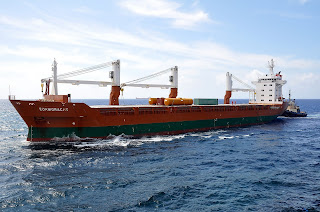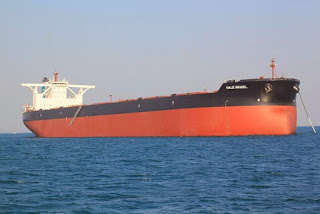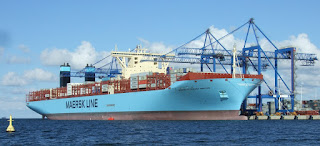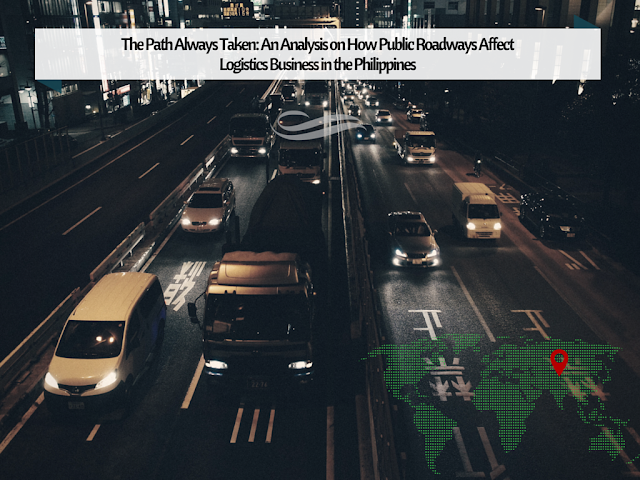For over decades and decades upon its first creation, roadways have undergo major changes for the people’s benefit. Roadways play an important role on business transactions such as freight forwarding. In the Philippines, nation’s infrastructure was not being focused on, not until these recent years. The government has been investing on projects for the improvement of the country’s pathways.
Land Transportation could be classified into three (3) categories mainly the roads, highways and expressways:
Roads
The Philippines’ roadways has measured to 199,950 kilometers (124,249 miles) of roads, of which 39,590 kilometers (24,601 miles) are paved. The roadways were under the care of the Department of Public Works and Highways (DPWH), but as how things have been going, the roadways development have been passed on to Local Government Units (LGUs). The nation’s topography have its fair share of hurdles, due to its mountainous areas and scattered islands. But through some innovative minds, transportation have progressed from being by feet or horsepower to by engines and fuel-powered machineries.
In rural areas, the roads make or break a forwarding business. Sending goods in remote areas could really be challenging but through major efforts, pathways has been undergoing enhancements for better handling of freight transport.
Highways
Highways make transporting goods a lot easier from its purpose on connecting major towns or cities. The Philippines’ highway includes roads categorize into six (6) divisions: the Maharlika Highway, Controlled-access highways, the Regional Highways, the Provincial Highways, the Manila Arterial Road System, Pan-Philippine Highway and the secondary city and municipal avenues and roads.
 |
| Source: Wikipedia |
The Pan-Philippine Highway, also known as Maharlika ("Nobility/freeman") Highway was proposed on 1956 and built under President Marcos’s governance. Its main purpose is to connect the islands of Luzon, Samar, Leyte and Mindanao to make moving of goods less costly and more efficient.
Expressways
An expressway is functioned to reduced traffics among connecting towns or cities. It was designed to have a controlled entrance and exit, dividing ongoing to outgoing lanes and each sides both have two or more lanes resulting to decrease unwanted heavy flow of traffic and increasing on road safety.
The Philippines have modernize their roads turning it into expressways. And its most widely-known expressways were located at the main island of the country, Luzon. The first expressway systems in the country are the North Luzon Expressway formerly known as North Diversion Road and the South Luzon Expressway, formerly known as South Super Highway. Both were built in the 1970s, during the presidency of Ferdinand Marcos.
 |
| Source Wikimedia |
The North Luzon Expressway (NLEX) under the operation of Tollways Management Corporation is a 2 to 8-lane limited-access toll expressway connecting Metro Manila to neighboring provinces of the Central Luzon region. It was designed to expand the reach of local transport coming from Manila to another town or city. The routes entrance and exits were divided into two ends, North end: Mabalacat-Magalang Road (in Barangay Sta. Ines, Mabalacat, Pampanga) Subic-Clark-Tarlac Expressway (in Mabalacat) and South end: Epifanio de los Santos Avenue (in Barangay Balingasa and Pag-ibig sa Nayon in Quezon City) A. Bonifacio Avenue (in Balintawak, Quezon City).
The South Luzon Expressway (SLEX) is the country’s another important expressway, it serves the southern part of Luzon. The expressway is a network of two expressways that connects Metro Manila to the provinces of the CALABARZON region in the southern part of Luzon. It was still under construction expanding pathways for the public to improve passable roads to far away areas to reduce the unwanted cost of land transportation.
Having ways to transport goods is both beneficial to the consumer and the producer. Being able to do
so will produce more opportunities for the society’s growth.
This article was brought to you by Metro Combined, leading freight forwarder, provides logistics solution and trucking services.















